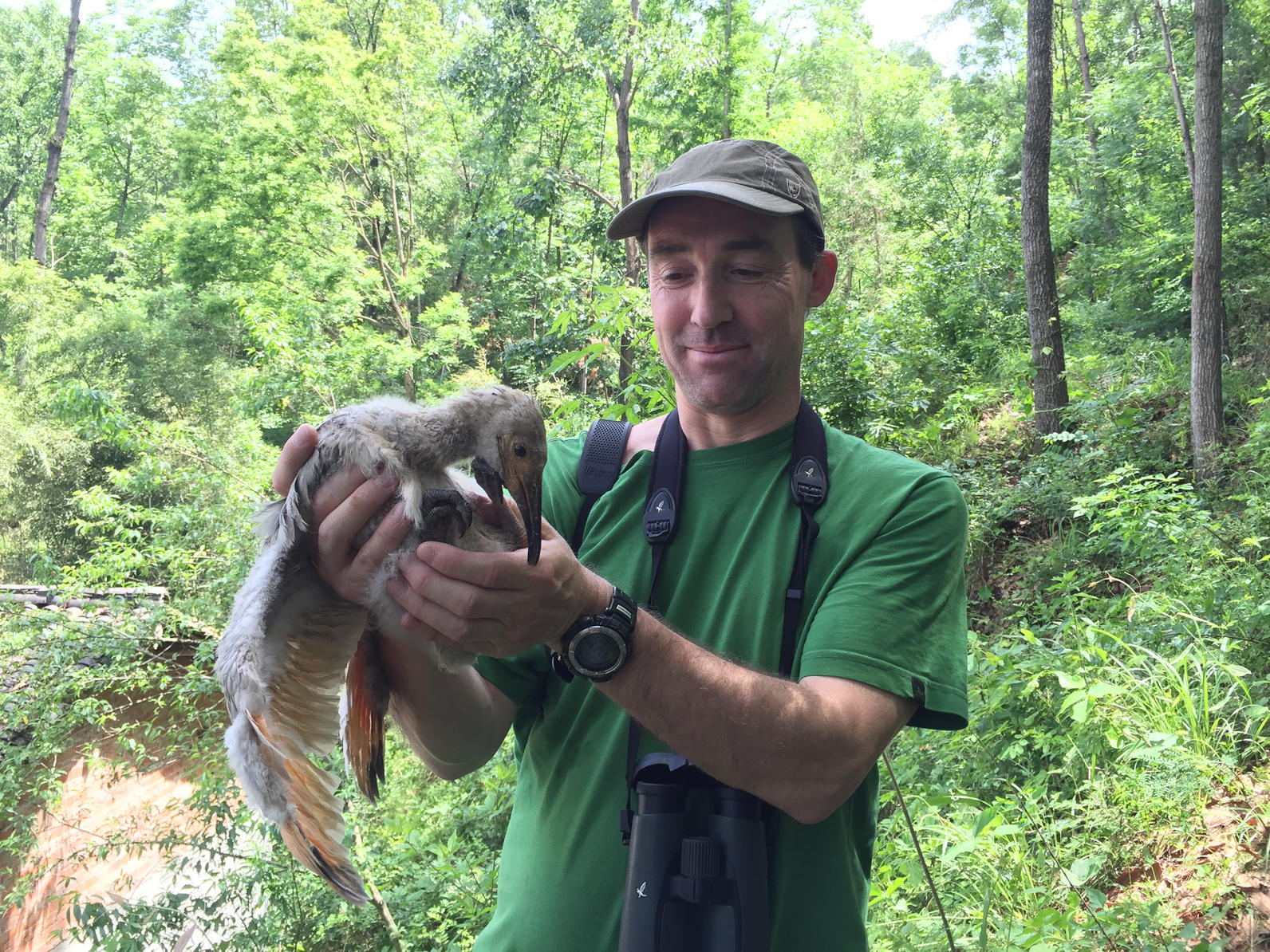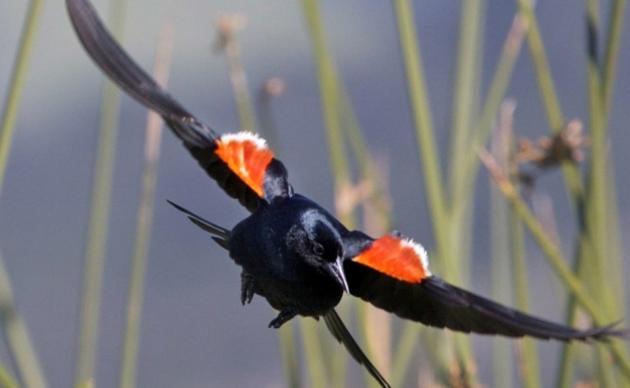
Audubon California staffers work tirelessly to save the Tricolored Blackbird, but we are not alone in our fight. Many others care deeply about this California bird. We collaborate with partners on the Tricolored Blackbird Working Group. Several members of this group come from the University of California, Davis, members like Marcel Holyoak.
Marcel Holyoak has been a professor in the Department of Environmental Science and Policy at UC Davis for twenty-four years. A population ecologist by training, he also loves teaching and hopes to imbue on his students a sense that there is hope in his field, that everything isn’t all doom and gloom. It is this outlook that draws him to research the life history of the Tricolored Blackbird.
AC: What got you into birds?
MH: I grew up in England and had older brothers who were birders. During my teenage years, birding offered a chance to travel with them. At that young age it was basically that… tagging along and having fun! Of course it grew from there. The turning point probably came at age sixteen in Morocco and watching Northern Bald Ibis coming to roost --- one of most beautiful places I’ve ever been and such a precious bird with a long history. Birding gets you to see things that are unexpected in places you’ve never been. The experience was captivating and something that changed me forever. Thinking of recent experiences, it was taking my two year old for a walk at dusk and seeing him imitate a great horned owl call and have the owl call back.
AC: What are you studying about Tricolored Blackbirds?
I’m a population ecologist by training, which means that I study what populations look like and what makes them survive and why are they more successful in some places than other places -- what do they need to survive? What makes a species diverse? What makes certain places diverse? How are we (humans) impacting that?
I teach a lot of intro classes about environmental change and human population effects on environment and reconcile what we are doing to the environment with human needs and think about it in a positive way.
My interest with Tricoloreds is to try and figure out why declines are happening and see if I can identify what we can do to reverse the decline. I am hoping to identify best habitats and to understand what some of the threats are to populations – quite a bit ends up simply being survey counts of birds. We need to do analysis bookkeeping to see where the birds are doing better. Equate why birds will do really well at a site but not return to it, but other birds return to the same site every year even though they aren’t doing well there. Statistical analysis of population – biostatistics.
The Tricolored Blackbird has a rather curious natural history and patterns of movement. First described as enigmatic – large flocks that roamed around, we are now finding out that there is a regular movement each season. Each year they start off around Monterey and then later in the year move northward to the Sacramento Valley and then move to Redding direction, circling in a movement pattern – perhaps with more than one breeding season.
AC: What is special about the Tricolored Blackbird to you?
MH: More than anything the fear that the species is doing something than different bird species, the species is quite widespread – breeds in different habitat, and yet it seems to be declining. Most similar to the Passenger Pigeon – not totally understood why it collapsed, the comparison is extremely worrying. The possibility that we could see decline and not know why is very disturbing. There is a lot of fascination from their biology to try and better understand what they are doing.
Lastly, poised between having had three year drought and now seeing a return to more normal habitat conditions, I wonder if the species going to bounce back? Or is it going to be impacted by that loss?
By Daniela Ogden
$5 Saves 5 Birds
We’ve done the math -- guaranteeing that a Tricolored Blackbird can fully fledge works out to about $1/bird. It’s a small price to pay to protect this beautiful species.




